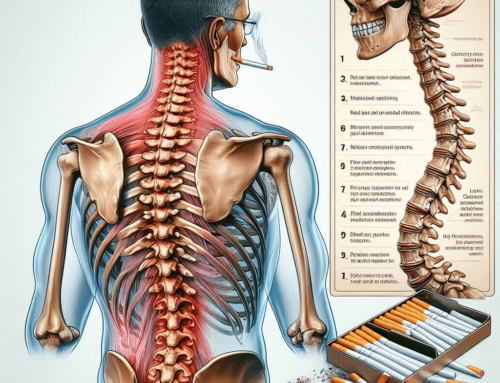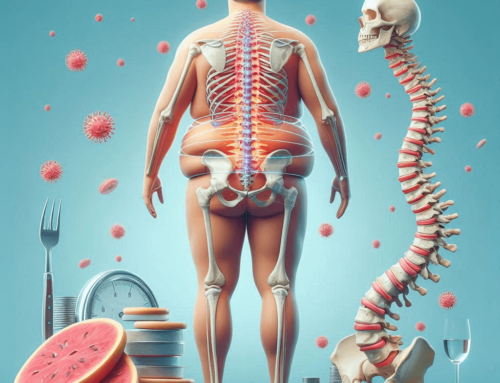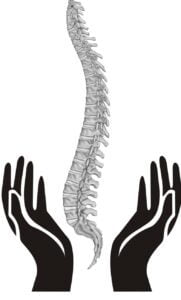When dealing with spine issues, many people fear that surgery is their only option. However, there are numerous non-surgical treatments that can effectively manage and alleviate spine-related pain and conditions. This article explores various non-invasive treatments that can help you achieve better spinal health without going under the knife.
Understanding Spine Issues
Spine issues can range from minor discomfort to severe pain that interferes with daily life. Common conditions include herniated discs, spinal stenosis, degenerative disc disease, and sciatica. These conditions can result from poor posture, injury, aging, or other medical problems.
The Importance of Non-Surgical Treatments
Non-surgical treatments are often preferred because they come with fewer risks and shorter recovery times compared to surgical interventions. They aim to reduce pain, improve function, and enhance the quality of life through various therapeutic approaches.
Top Non-Surgical Treatment Options for Spine Issues
- Physical Therapy
- Customized Exercise Programs: A physical therapist can design a tailored exercise regimen to strengthen the muscles supporting your spine, improve flexibility, and reduce pain.
- Manual Therapy: Techniques such as massage, mobilization, and manipulation can alleviate pain and improve spinal function.
- Posture Training: Learning and practicing good posture can significantly reduce the strain on your spine.
- Medications
- Pain Relievers: Over-the-counter medications like acetaminophen or nonsteroidal anti-inflammatory drugs (NSAIDs) can help manage pain and inflammation.
- Muscle Relaxants: These can be prescribed to relieve muscle spasms that often accompany spine issues.
- Topical Analgesics: Creams and patches applied directly to the skin can provide localized pain relief.
- Chiropractic Care
- Spinal Adjustments: Chiropractors perform adjustments to realign the spine, reduce pain, and improve function.
- Decompression Therapy: This involves stretching the spine to relieve pressure on the spinal discs and nerves.
- Acupuncture
- Pain Management: Acupuncture involves inserting thin needles into specific points on the body to alleviate pain and promote healing.
- Improving Function: This ancient Chinese practice can help reduce inflammation and improve mobility.
- Lifestyle Modifications
- Exercise Regularly: Low-impact activities like walking, swimming, and yoga can strengthen the spine and improve overall health.
- Maintain a Healthy Weight: Reducing excess weight can alleviate unnecessary strain on the spine.
- Ergonomic Adjustments: Adjust your workspace and home environment to promote good posture and reduce spinal stress.
- Heat and Cold Therapy
- Heat Therapy: Applying heat can relax muscles, increase blood flow, and alleviate pain.
- Cold Therapy: Cold packs can reduce inflammation and numb sore areas, providing pain relief.
- Epidural Steroid Injections
- Targeted Relief: These injections deliver anti-inflammatory medication directly to the affected area of the spine to reduce pain and swelling.
- Cognitive Behavioral Therapy (CBT)
- Pain Management: CBT can help change the way you think about and cope with pain, improving your overall quality of life.
- Stress Reduction: Managing stress effectively can reduce muscle tension and associated pain.
Also read Posture Perfect: Simple Habits for a Healthier Spine
Conclusion
Exploring non-surgical treatment options for spine issues is crucial for those seeking relief without the risks associated with surgery. Physical therapy, medications, chiropractic care, acupuncture, lifestyle modifications, heat and cold therapy, epidural steroid injections, and cognitive behavioral therapy are all effective non-invasive treatments. Consult with a healthcare professional to determine the best approach for your specific condition.
Note: We are also on WhatsApp, LinkedIn, and telegram, to get the latest news updates, Join our Channels. WhatsApp– Click here, to telegram – Click Here, and for LinkedIn– Click Here.








Get Social